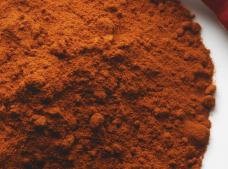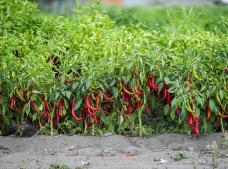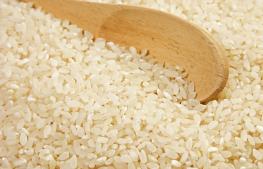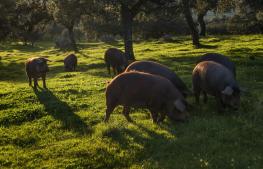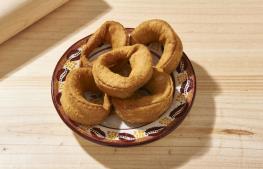La Vera paprika
Tradition and product
La Vera paprika has its history in the province of Cáceres thanks to Holy Roman Emperor Charles V. The famed paprika, which currently has its own Protected Designation of Origin, was introduced in Spain after the conquest of the Americas, in the Royal Monastery of Guadalupe.
The monks there were pioneers in using it in the country and, a short time later, it was introduced in the Monastery of Yuste, where the monks grew the peppers and initially used the paprika to preserve sausages and then to season stews.
La Vera provides the ideal climatological conditions for cultivating and producing paprika, as it is a county that enjoys a privileged microclimate. Here, peppers from the species Capsicum annum and the subspecies Cerasiforme and Longum are grown, producing three types of paprika: sweet, sweet/hot and hot.
After being harvested, the peppers undergo an ancient drying and smoking process, totally done by hand. A wood fire, with oak or holm oak logs, provides the heat needed to dry the peppers perfectly. The process is slow, lasting 10 to 15 days, during which time expert hands turn the peppers until they reach the right level of dryness.
This unique production process gives the paprika the three characteristics that define it: its intense aroma, its characteristic flavour and the fact it maintains its brilliant reddish colour.
La Vera paprika is a condiment, colouring agent, preservative and antioxidant, rich in vitamins C, B2, B6 and E. Its unmistakable flavour and aroma make it a star product in gastronomy, as it gives intensity to stews, sauces and marinades. Local dishes such as migas or frite are not the same without the presence of La Vera paprika in their sauces. The three varieties – sweet, sweet/hot and hot – can be found on the market and are obtained from specific varieties of peppers.
Weather
Cuacos de Yuste
15Dec

7 ºC
12 ºC
16Dec

6 ºC
9 ºC
17Dec

7 ºC
14 ºC
18Dec

5 ºC
14 ºC
19Dec

6 ºC
11 ºC
20Dec

4 ºC
12 ºC
If you like La Vera paprika you will like this too...
Rice
Extremadura is one of the leading rice producers at national level.
Dehesa de Extremadura
Extremaduran ham is the best Iberian ham in the world. This is not something that happens by chance.
Patatera
Patatera is a typical type of sausage from Cáceres and the rest of Extremadura made from Iberian pork cheek and boiled potatoes, seasoned with salt
More things you can find in La Vera
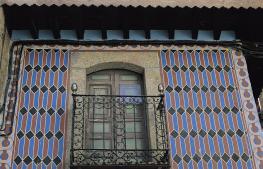
Villanueva de La Vera Historical Site
This is one of the most easterly towns in the county of La Vera, and was declared a Historical Site in 1982.
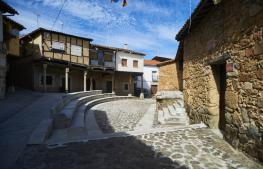
Cuacos de Yuste Historical Site
Back in 1959, the town of Cuacos de Yuste, in the county of La Vera, was declared an ‘Aesthetic Reserve’.
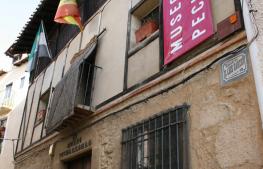
Pasarón de La Vera Historical Site
Pasarón de La Vera is a town located on the western edge of the county of La Vera.
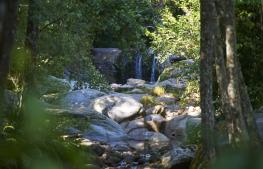
Garganta la Olla Historical Site
The municipality of Garganta la Olla is in the county of La Vera.

